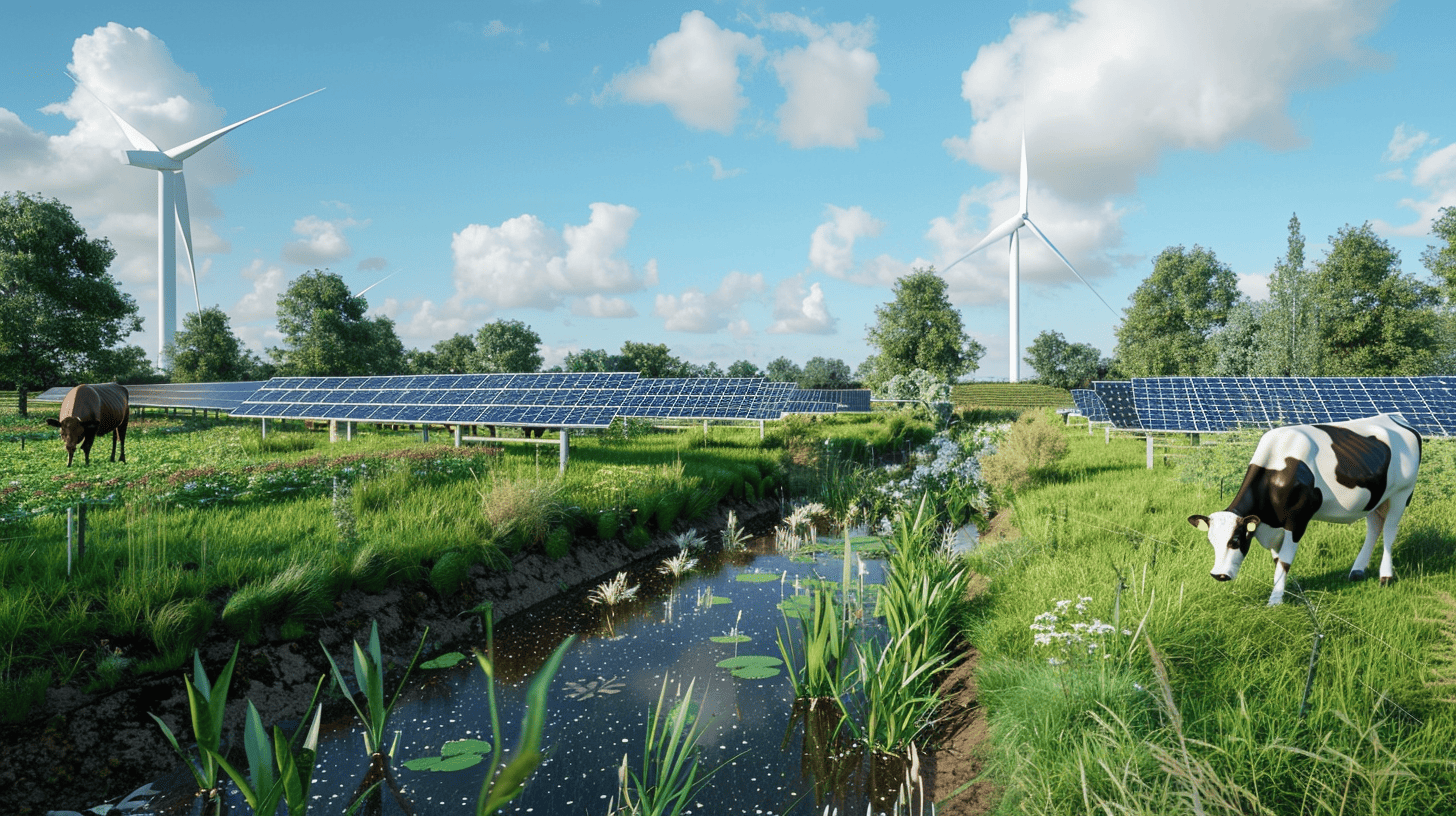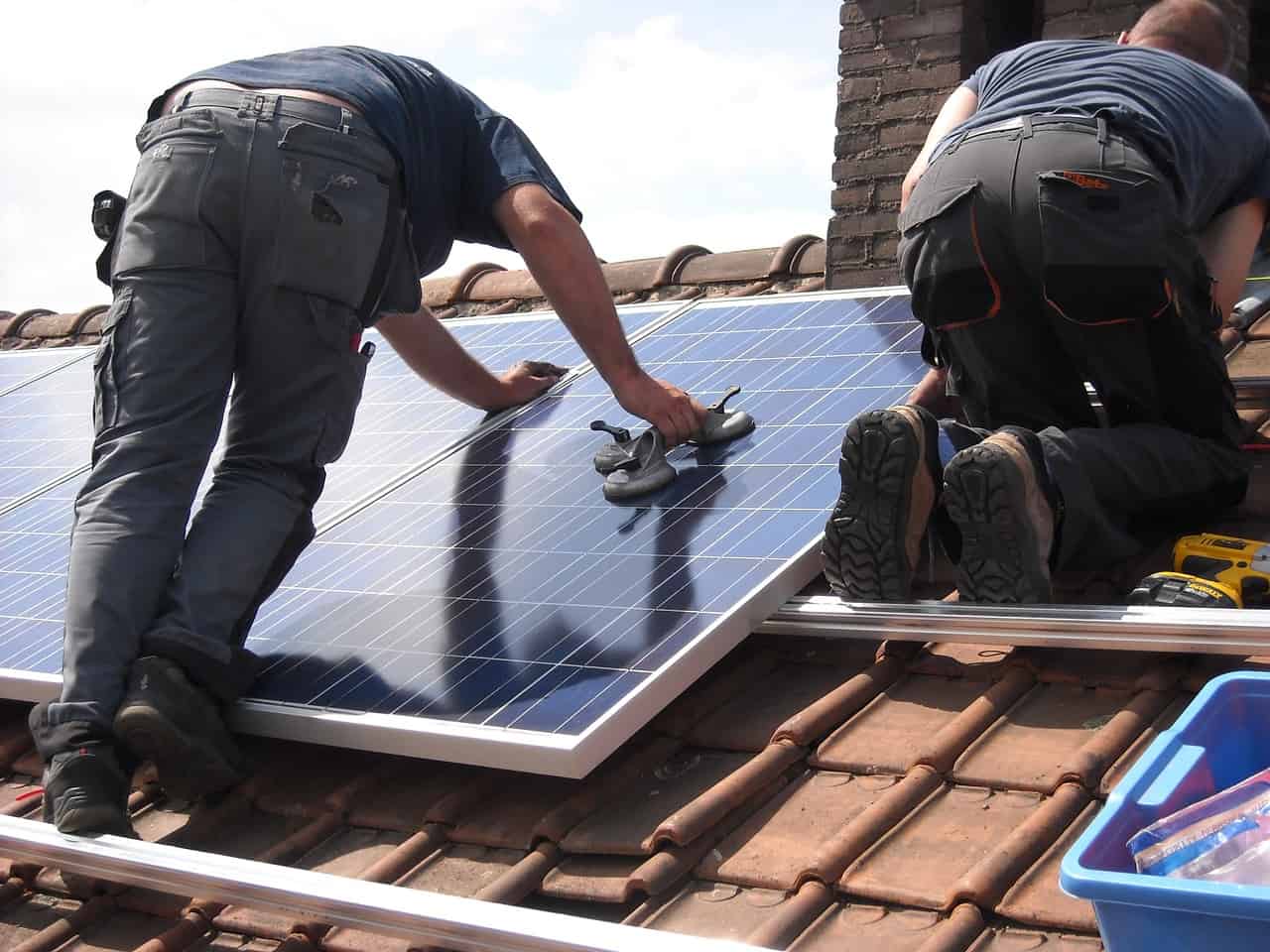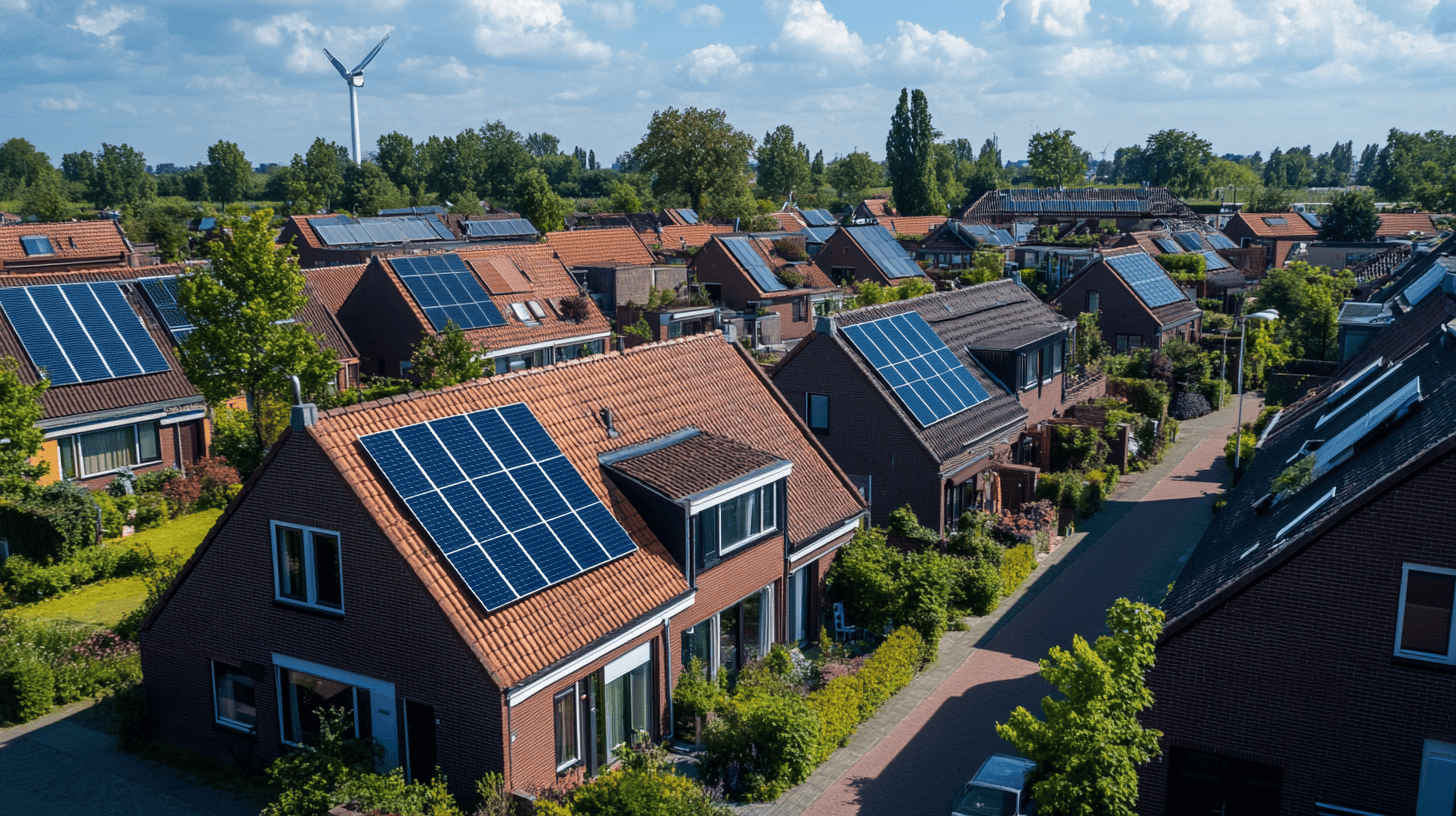
Solar farms, to some an eyesore and a waste of agricultural land. For others, a much-needed step in the energy transition. How do we find a way through all these arguments for and against?
For example, the agricultural organisation LTO Nederland contends that the construction of new energy parks on agricultural land should no longer be allowed. “Especially as long as there is still space available on the roofs of larger buildings and on business parks. Agricultural barns and stalls still offer good opportunities for solar panels to contribute to the national climate targets,” states the website.
A study by LTO Nederland also shows that although the Dutch have no objection to living next to a solar farm, however, there is not much enthusiasm for covering agricultural land with solar farms. “Three-quarters of the respondents would rather have solar generation from the roofs of businesses and homes than from farmland.”
Are solar panels on rooftops the answer?
The Netherlands is a densely populated country, says Olindo Isabella, Professor of Photovoltaic Technologies and Applications and head of Photovoltaic Materials and Devices group at TU Delft. “We have to use space more efficiently. In cities, we have no choice but to install a lot of solar cells on roofs. There is no room there for a windmill, for example.”
Most solar cells that are used in solar farms or on our roofs are made from the semiconductor silicon. That product has dropped in costs in recent decades. “When I started my PhD research in 2007, you could buy three modules for €10,000. Nowadays, you can buy 15 modules for €4,000.
“The only problem with silicon is that although it has gotten progressively better and better, the technological limit of its development is coming.” Each type of solar cell has a theoretical limit when it comes to the efficiency of the amount of energy it produces, Isabella explains. “That limit is at about 29 per cent for silicon.” Of all the sunlight that the panel captures, in theory, it converts just 29 percent into electricity.”
Within Solliance Solar Research, parties such as TNO, imec, TU Eindhoven, Forschungszentrum Jülich, University of Hasselt, TU Delft, University of Twente and the University of Groningen are working together on thin-film solar cell and module technologies. At the end of last month, two world records were achieved with thin film. These involved the use of perovskite solar cells, among other things.
What can solar cells on thin film achieve?
“Thin film solar cells are still a bit more expensive,” says Niels van Loon, TNO partner at Solliance. “But the possibilities are enormous. You have to look at what you want to use it for, one application at a time.”
Van Loon has worked at TNO for 15 years, as a techno-economic modelling specialist, amongst other positions. Since 2015, he has been responsible for communication within Solliance Solar Research. In that consortium, parties such as TNO, imec, TU Eindhoven, Forschungszentrum Jülich, University of Hasselt, TU Delft, University of Twente and the University of Groningen work together on technologies for thin-film solar cells and modules. Van Loon developed a mathematical model that is able to simulate the production costs of a virtual factory that manufactures thin-film solar cells.
There are a number of different thin-film solar cell technologies. Such as cells made of copper indium gallium selenide (CIGS), amorphous silicon and OLED. One of the newest technologies is a solar cell made of perovskite. “Cost-wise, perovskite could turn out to be very advantageous in the long run.”
“Perovskite for solar cells is a crystal that is made using materials that are widely available. It contains no rare materials”, Van Loon points out. “Within Solliance Solar Research, we’re working on inexpensive processing that does not require the use of costly vacuum equipment or large furnaces. Perovskite can be made by dissolving it and letting the solvent evaporate. You can, in effect, print it.”
Van Loon envisages wonderful applications for thin film, such as when it’s incorporated in a tandem solar panel or as a finished product applied in (agricultural) roofs or facades. “Then you also have lower installation costs and it looks more architecturally attractive.” Incidentally, he adds, “Those applications are not unique to thin film. Silicon solar cells can also be used. It depends entirely on the situation as to what is best to apply.”
The disadvantages of thin film
Thin film is slightly more expensive, says Van Loon. “The possibilities with thin film are huge. Cars started out with a T-Ford. Then everyone had such a car and it was always black. But it wasn’t expensive. After a while, people are also prepared to pay more for another one because they like it more or because it can be done a bit differently. I think there is a fine niche market for thin film, especially on undulating surfaces.”
“We are now at the point where, on the one hand, solar panels can become even cheaper through so-called mass customisation. This is a production method that enables solar modules to be manufactured in all kinds of materials and in any desired shape. And where on the other hand, people are willing to pay for other types of solar panels. That opens the market to new applications, such as integration in, for example, facades, acoustic barriers and bicycle lanes.”
Isabella also sees that Perovskite has undergone an enormous development. “In about ten years, efficiency went from three percent to twenty-five percent.” However, according to Isabella, there is a problem with that. “That efficiency is measured on a very small cell, a fraction of a square millimeter. If you make it bigger, like silicon solar cells, that 25 percent efficiency level drops to about 15 per cent.”
A lot of research still needs to be done before these solar cells can be applied on a large scale. There are also other drawbacks, Isabella says. “It is not water-resistant. So if it gets wet, it will no longer work. And if shadow is cast on a cell, it has an adverse effect on its stability.”
In the minds of people
Despite the drawbacks, Isabella wants to stress that he loves all of the technologies. “I really believe in them as far as our our mission to supply green electricity for a sustainable electrification of society. That is truly my mantra each and every day.”
In the professor’s opinion, the “social acceptance of these technologies” is mainly in the minds of people. “I see it in my children, who are 5 and 7. If they see solar panels on roofs, they are delighted. Or when we drive to Schiphol Airport or on the Belgian motorway and they see windmills. They’re just curious about what’s happening there. To them, it is normal. Solar panels and wind turbines are part of the world they are discovering. I wish society would look at these new technologies with the openness of a child.”
For Van Loon, it is not necessarily the case that solar farms will be phased out. “We need everything in order to achieve our climate targets. But the way that we design solar farms could probably be different.” Within TNO, for example, researchers are working on solar parks that are elevated or vertical. This allows sheep to graze underneath and contributes to biodiversity.
As an Italian, Isabella likes things to look attractive. “But in my hometown, there was a flood last month and it was almost 40 degrees in the summer. It’s a no brainer for me then that we sacrifice a bit of that beauty to install new technologies. So that we can help combat climate change by doing that.”








